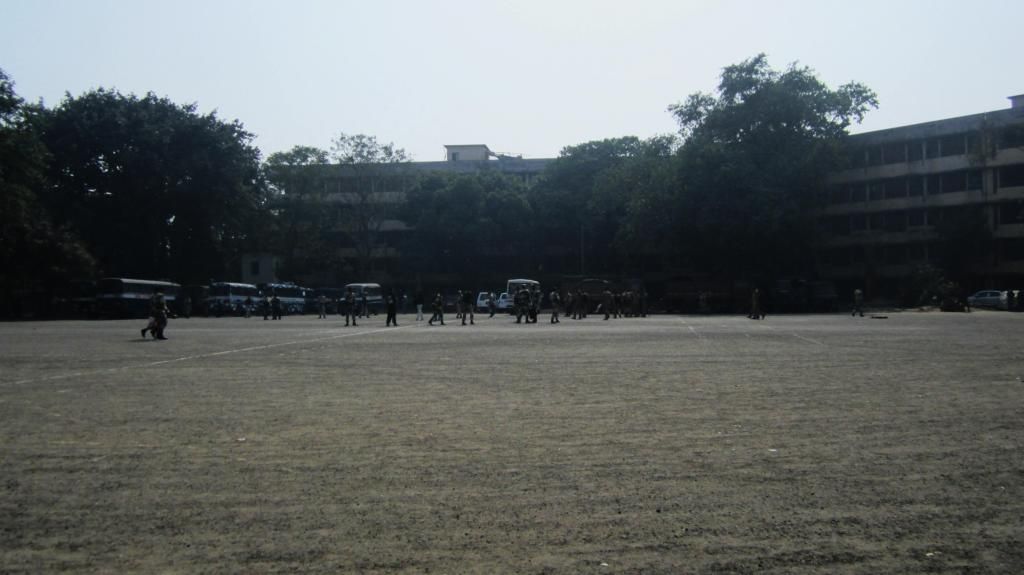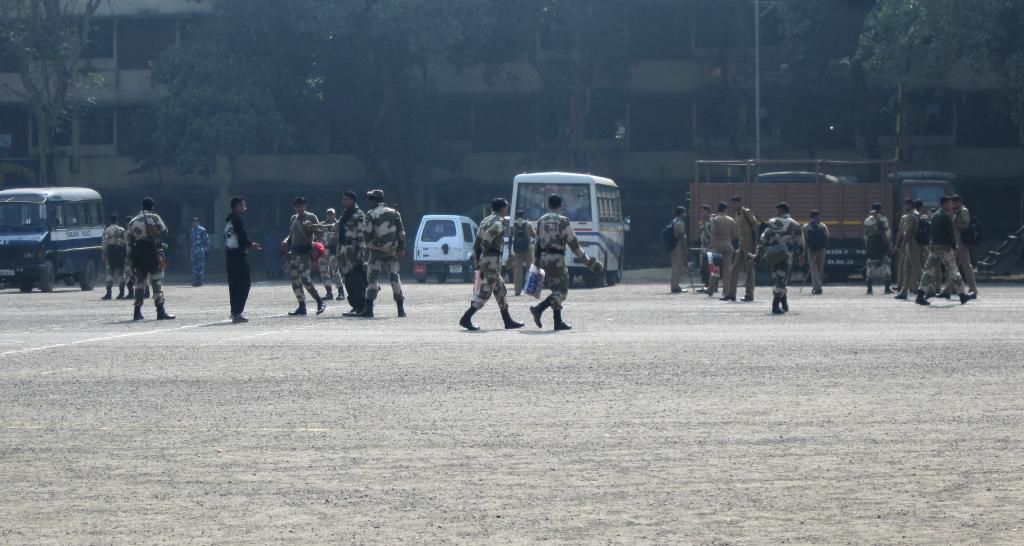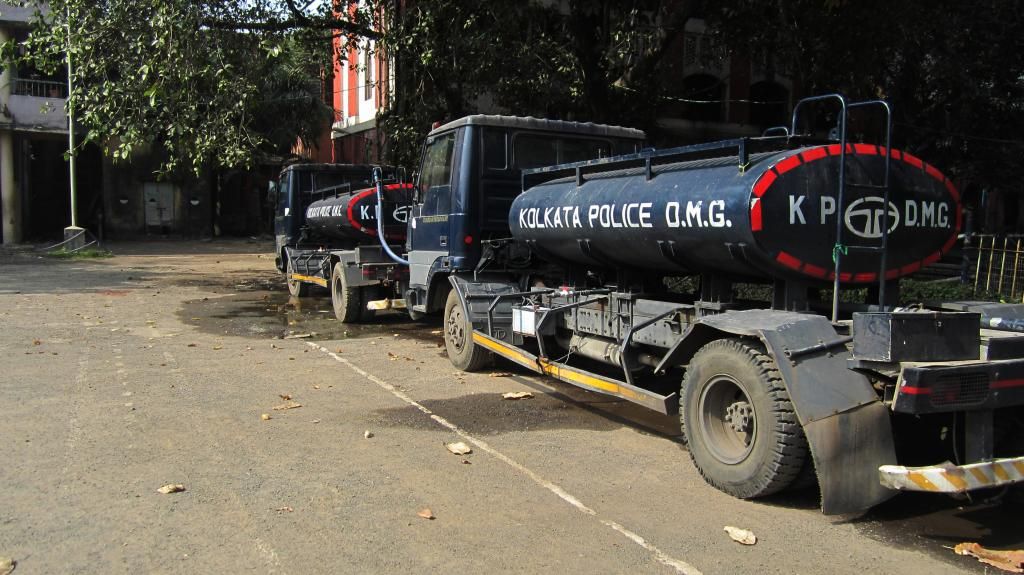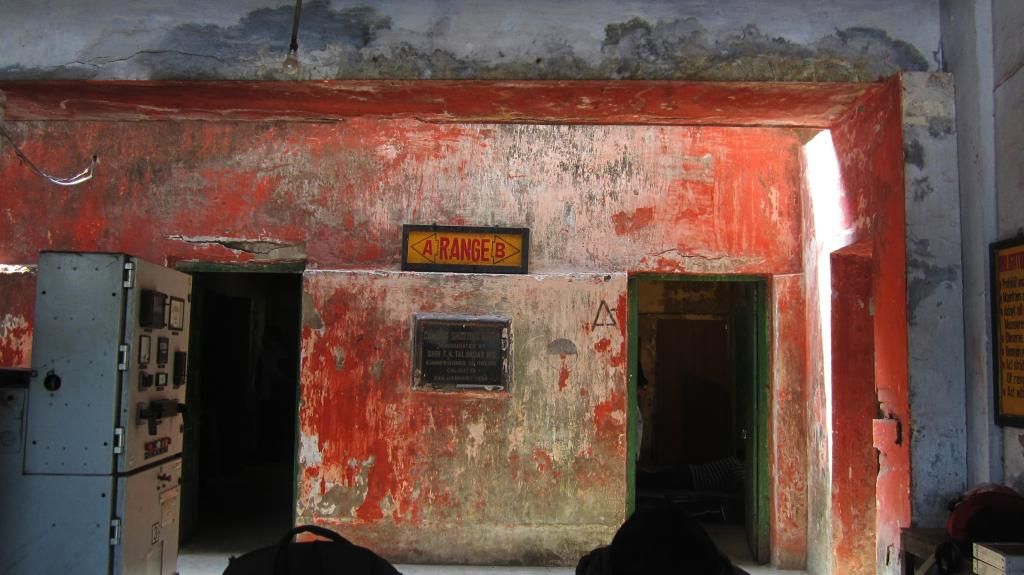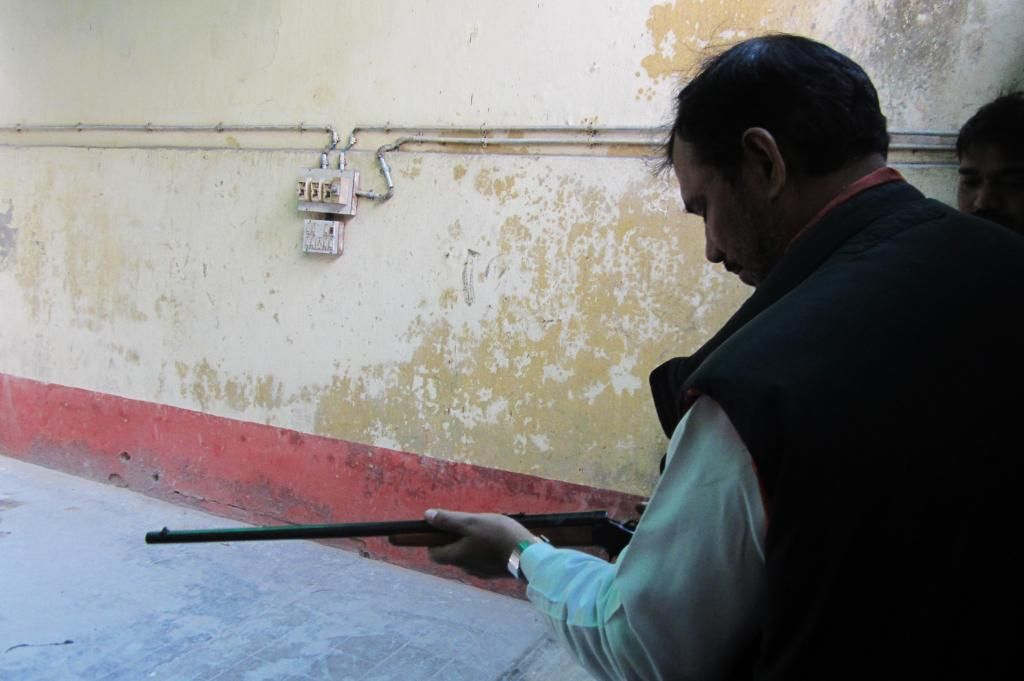TwoRivers,TwoRivers wrote:TC: Congratulations for a job well done! With reference to your post of 20 Dec., the hammer block safety was a Norwegian patent. It prevents the action being blown open when a pierced primer allows enough gas to escape to blow back the hammer, unlocking the action. You will not find it on U.S. made rolling block rifles.
Would you share your secret for boiling water at 300 degrees centigrade?
Congratulations from a man with such intense knowledge and wide experience is nothing short of a medal of honour
Thank you so much.
Somehow I never come across the Norwegian patent in any of the old books, or probably missed a reference. Thanks for the valuable input. It does make sense to to have the hammer block safety for the bigger calibers. Wondering why the American models didn't have it.
Well I read somewhere that 300 degrees is the ideal temperature at which gun parts should be boiled for a few minutes to ensure a lasting and deep blue. But its practically impossible for me to do that at home without a heating chamber. So, for the barrel all I did was borrow a 26 inch long and five inch deep rectangular tray (made of galvanized iron) from a car mechanic who uses it to keep and wash his tools. I thoroughly cleaned a degreased the tray (first with soap and then with raw alcohol) and boiled water in it over the gas oven in my kitchen using both the burners for uniform heating. I don't have a thermometer so when the water started evaporating I dipped the barrel for 2/3 minutes, hanging it from both ends by tying GI wire to the wooden plugs that I used to seal the muzzle and chamber.
For the receiver and smaller parts I used the same method but boiled the water in a big aluminum pan that I bought from a local utensils store.
Hope I did the right thing. Please do let us know what you feel about the improvisation.
Thanks.
Wish you and your family a happy year
Regards
TC





